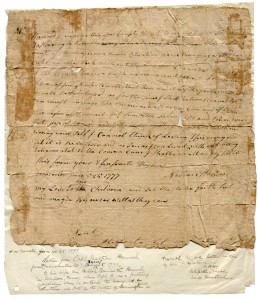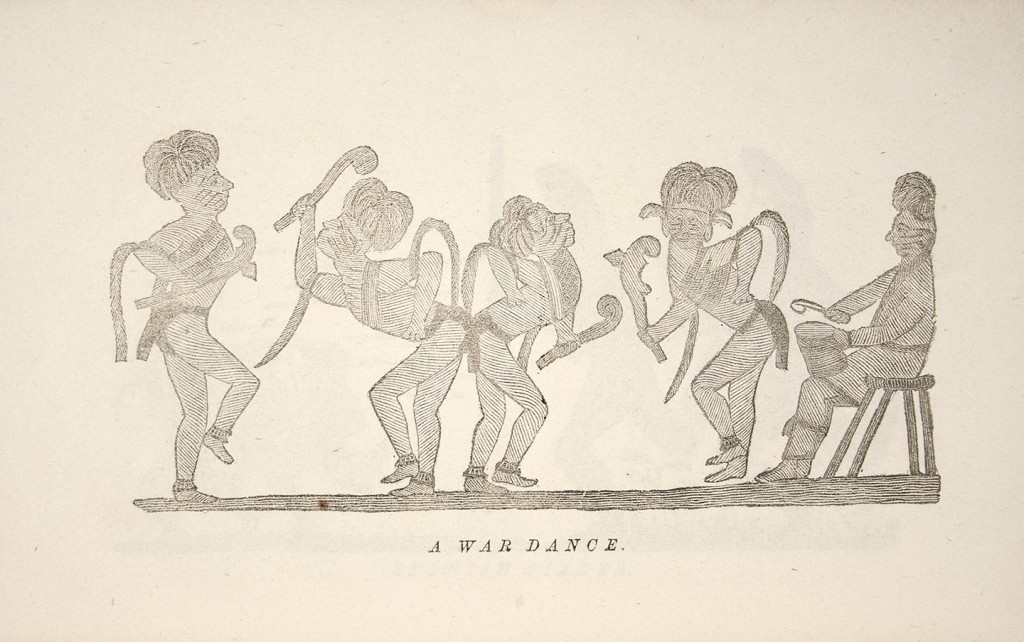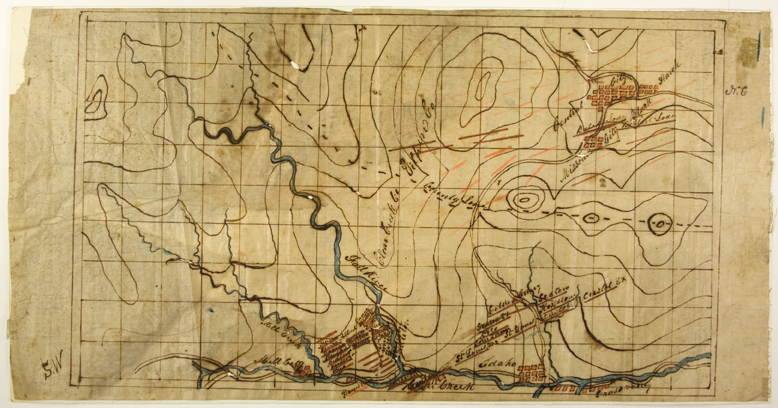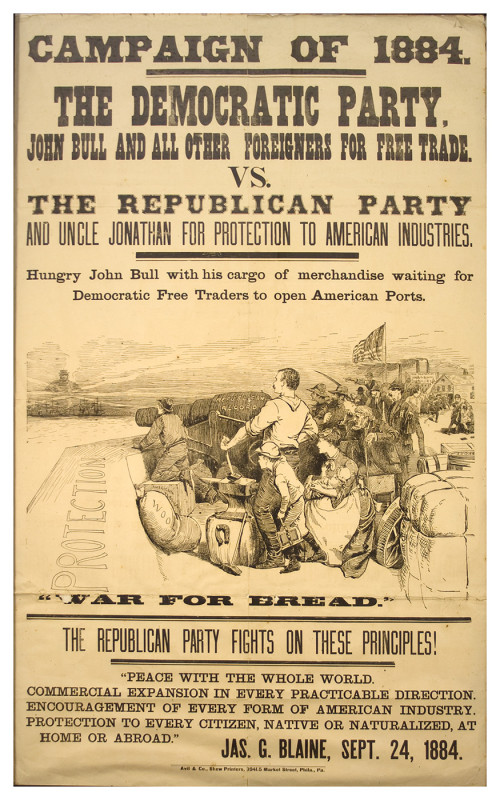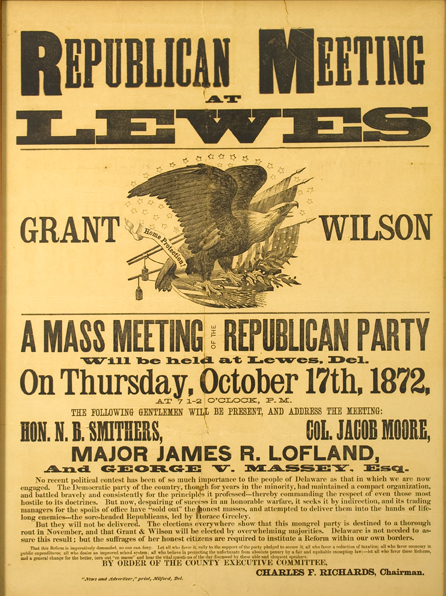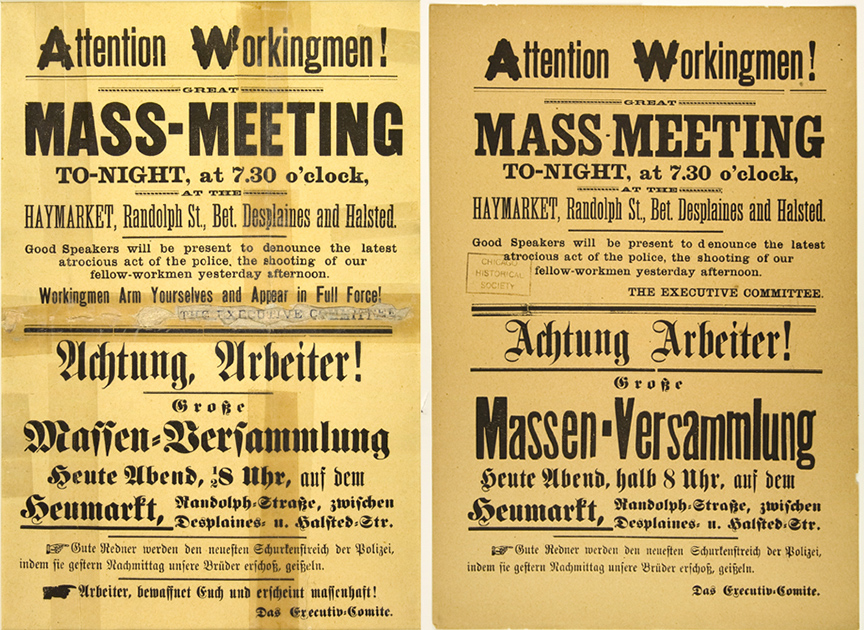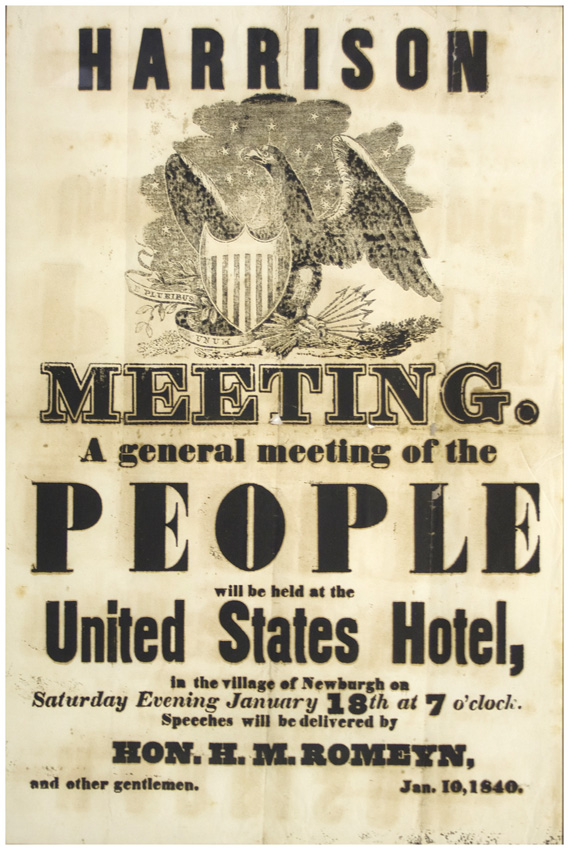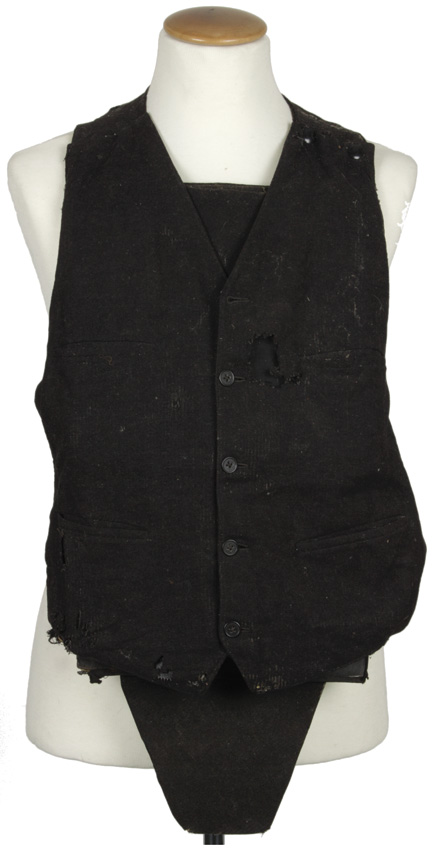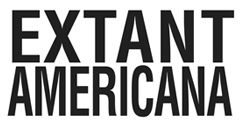Revolutionary War Doctor writes home during the Saratoga Campaign, 1777
A Revolutionary War Physician on the march promises his wife to return home as soon as his leaving is not “detremental [sic] to the common cause.“
(Saratoga Campaign) Nathan HARWOOD (1737 – 90) Revolutionary War officer and physician present at Saratoga.
Rare and fine content war-date Autograph Letter Signed “Nathan Harwood” 1p. 200 x 205 mm., Manchester, [Vermont], 25 June 1777. A touching letter form Captain Harwood to his wife while in Manchester, Vermont after responding to an alarm sounded by Colonel Seth Warner on 19 July to defend the Vermont frontier, now under threat by John Burgoyne’s forces marching southward. After the fall of Fort Ticonderoga (5 July 1777), General Philip Schuyler ordered General Seth Warner together with the Berkshire County militia to gather and protect the forage in southern Vermont lest it fall into the hands of the British. Harwood answered the alarm of 19 July and marched with his company from Windsor, Massachusetts to Manchester in order to drive cattle out of reach of British foraging parties.
Harwood writes, in most part: “[Period spellings retained without comment] Mrs. Harwood I improve this opportunity to Rite to you this I have Nothing Extrodenay to Rite the army is in a [?] Situation this Detachment of the army is in a Brocean Situation. We are Bringing of all the Catel and other Stock With out the Lines and if we are not knowing[?] if the Enynemy makes a fight on us we must retreat for we have not a Sofefan Number to with stand them and it is of the greatis importance to me for us to Be Reinforc’d as for the time I Shall return I can not tel You must manage the bisnas as well as you can and If the Season will admit git Sum of the Nabors [to] as[s]ist and Burn[?] over that pese of ground and Git as much Hay as you can without Wor[ry]ing your Self I Can not think of Le[a]ving this army Til it is Reinforc[e]d and as Soon as I can Leave it with out being detremental to the common cause I Shall. we all in gay[?] health this from your Efectionate Husband” Harwood adds a short postscript: “My Love to our Children and Tel[l] the[m] to be faithufl and magin Bisness as Well as thay can.”
Harwood would remain in Manchester six more days before departing to his Windsor, Massachusetts home. His work driving cattle away from British hands was instrumental in weakening Burgyone’s army in advance of the climatic battles at Saratoga. Two weeks later, he would march on the Bennington alarm and would march again on the day following Freeman’s Farm on 20 September and remain in service through 14 October where he was present for the Battle of Bemis Heights (7 October).
The letter is affixed to a larger sheet bearing annotations in the lower margin identifying it as a “Letter form Capt. Nathan Harwood from (Manchester, V.t). Jan ye June? 25, 1777 – to his wife Mrs. Huldah Bannaister Harwood in Windsor, Mass. Where Capt. H was a practicing physician when he entered the Army as a Volunteer, on date of the battle of Bennington. Probably the only letter written by him in existence. A. H. H., Ashfield – Mass- White Homestead-”
Toned at margins, partial fold separations, loss to bottom margin affecting some text, else good condition overall.
(EXA 4110)
Sold
__________
*Massachusetts Soldiers and Sailors in the Revolutionary War, 413: “Harwood, Nathan. 1st Lieutenant, Capt. Joseph Warner, Jr.’s 15th (Plantation No. 5) co., 2d Hampshire Co. regt. of Mass. militia; list of officers chosen by the several companies in said regiment, as returned by Seth Pomeroy and others, field officers, dated Northampton, March 22, 1776; ordered in Council April 8, 1776, that said officers be commissioned; reported commissioned April 5 [?], 1776; also, Captain, Col. John Dickason’s (Dickinson’s) regt.; engaged July 19, 1777; discharged July 31, 1777; service, 15 days; company marched to Manchester on an alarm to join forces under Col. Warner; roll sworn to at Chesterfield; also, Lieutenant, Capt. William Ward’s (Plantation No. 5) co., (late) Col. Ezra May’s regt.; engaged Aug. 17, 1777; discharged Aug. 22, 1777; service, 5 days; company marched on an alarm at Bennington; also, Capt. Christopher Banister’s co., Col. Ezra May’s regt.; engaged Sept. 20, 1777; discharged Oct. 14, 1777; service, 29 days, on expedition to Stillwater and Saratoga, including travel (100 miles) home; also, Captain, Col. Israel Chapin’s (2d Hampshire Co.) regt. of Mass. militia; list of officers; commissioned July 6, 1778.”
